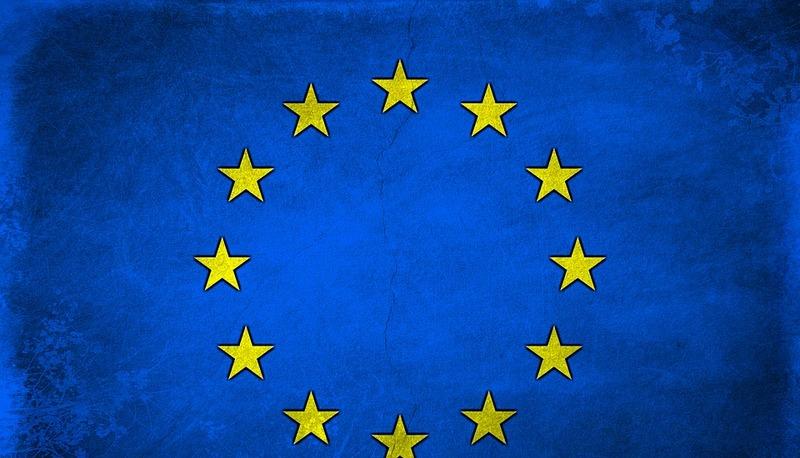Concetti Chiave
- The European Union aims to integrate European peoples, promote economic progress, and establish a European identity internationally.
- The EU originated as the EEC in 1957 with the Treaty of Rome, boosting trade and removing barriers among member countries.
- The Maastricht Treaty in 1992 established the European Monetary Union, introducing the Euro and expanding EU membership.
- Key institutions include the European Council, Council of Ministers, European Commission, European Parliament, and European Court of Justice.
- The Economic and Social Committee advises on the impact of EU policies on the general economy, involving various stakeholders.
Obiettivi principali dell'UE
The main goals of the EU are:
- the integration among peoples of Europe
- the promotion of economic and social progress
- the introduction of the European identity on the international scene
- the European citizenship for the peoples of the Member States
The EU was originally called (EEC) and was born in 1957 with the Treaty of Rome, signed by the Foreign Ministers of the six founding countries, wich facilitated trade between the member countries and beat external competition, removed trade barriers on goods imported and give financial support to leading industries.
In 1978 the European Parliament was elected by universal suffrage. In 1987 they decided to sign a new Treaty called the Single Act. The aim of this agreement was to create a single market for the free circulation of people, goods and capital and decided the States member. The European Economic Community became the European Community. 
Struttura istituzionale dell'UE
*The European Council: It is composed of the Heads of State or Government of the member nations. They meet three times a year in order to set objectives and create common policies. It is based in Strasbourg.
*The Council of Minister: It is the legislative body and has the real power of decision in the Union. It is composed of ministers of the national governments.
*The European Commission: It is composed of 10 members selected by the member states. It is an executive body of the various rules issued by the Council of Minister and can formulate policy proposals.
*The European Parliament: It is a consultative body with an important political influence. It’s consulted by the Council of Minister before taking important decisions. Its members are elected every five years by universal. It is located in Strasbourg and Brussels.
*The European Court of Justice: It is the judicial branch of the EU.
*The Economic and Social Committee: It is a consultative body, composed of: employers’ organisations, Trade Unions and “special interest” organisations. It is intended to advise the Council of Ministers on the effect of the EU’s policies and practices on general economy.
Domande da interrogazione
- ¿Cuáles son los objetivos principales de la Unión Europea?
- ¿Qué tratado marcó el inicio de la Unión Europea y qué facilitó?
- ¿Qué cambios introdujo el Tratado de Maastricht en la Unión Europea?
- ¿Cuál es la función del Parlamento Europeo y cómo se eligen sus miembros?
Los objetivos principales de la UE son la integración entre los pueblos de Europa, la promoción del progreso económico y social, la introducción de la identidad europea en la escena internacional y la ciudadanía europea para los pueblos de los Estados miembros.
El Tratado de Roma, firmado en 1957, marcó el inicio de la UE, facilitando el comercio entre los países miembros, eliminando barreras comerciales y brindando apoyo financiero a industrias líderes.
El Tratado de Maastricht, firmado en 1992, creó la Unión Monetaria Europea y estableció los "criterios de convergencia" necesarios para que los Estados miembros se unieran a la unión monetaria con una moneda única.
El Parlamento Europeo es un órgano consultivo con influencia política importante, consultado por el Consejo de Ministros antes de tomar decisiones importantes. Sus miembros son elegidos cada cinco años por sufragio universal.







 Accedi a tutti gli appunti
Accedi a tutti gli appunti
 Tutor AI: studia meglio e in meno tempo
Tutor AI: studia meglio e in meno tempo